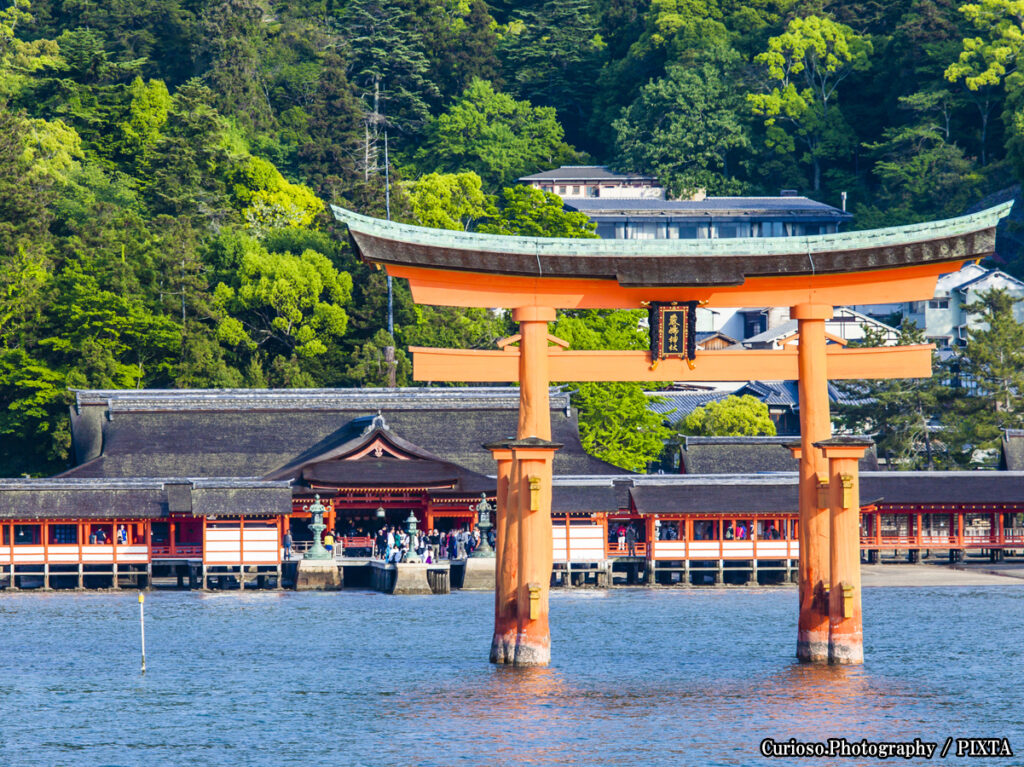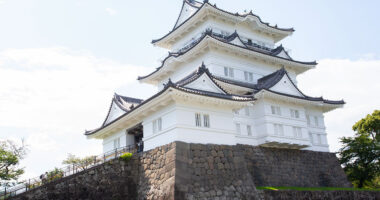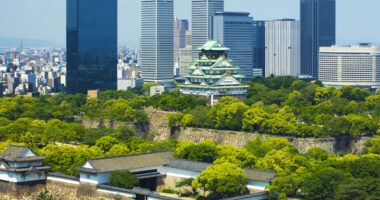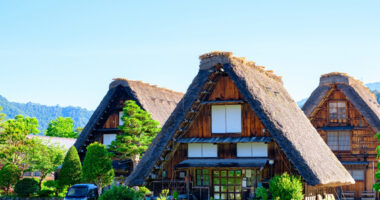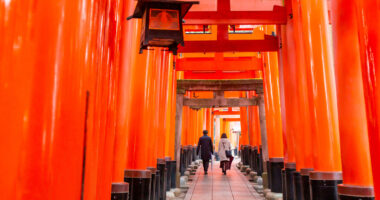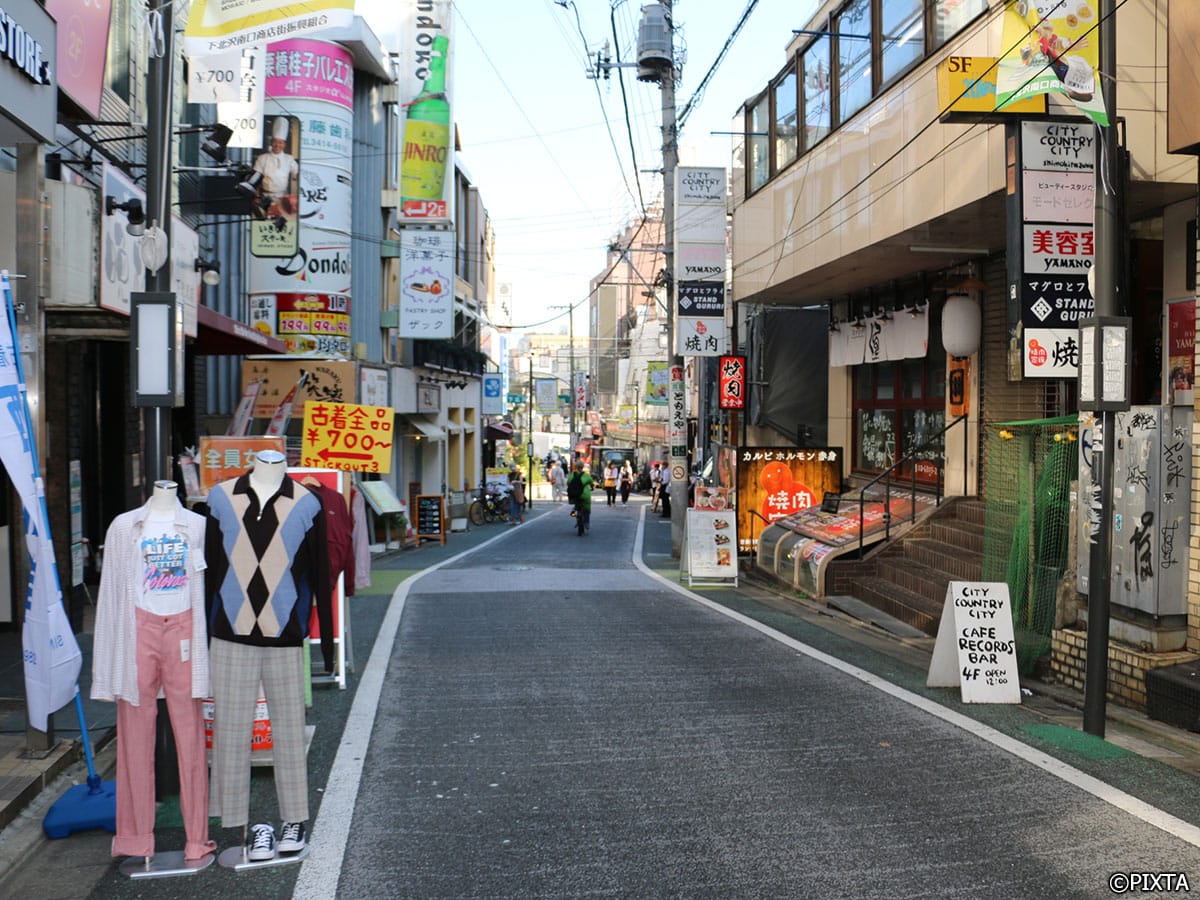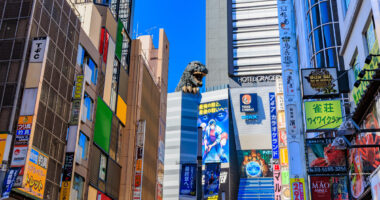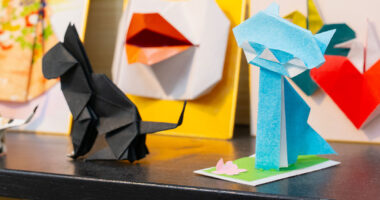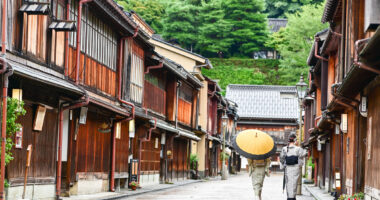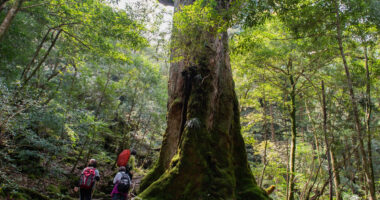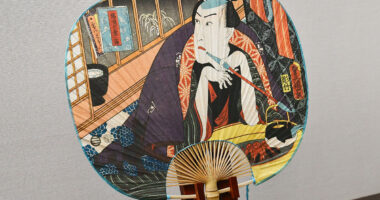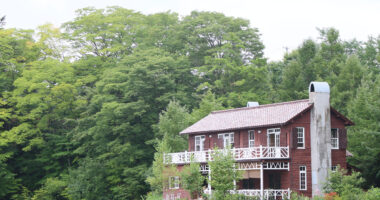Miyajima Island, officially known as Itsukushima, is a spiritual and scenic treasure nestled in the Seto Inland Sea of Hiroshima Prefecture. Famous for the iconic “floating” torii gate of Itsukushima Shrine, this UNESCO World Heritage Site is a must-visit destination that seamlessly blends natural beauty with centuries-old tradition.
This guide follows a step-by-step walking route that highlights both the spiritual and practical journey of visiting Itsukushima Shrine and its surroundings—from arriving at Miyajima Port to witnessing the torii gate in its most photogenic moments.
- Getting to Miyajima: ferry access and entry tips
- Arrival at Miyajima Port: first impressions and orientation
- Itsukushima Shrine: the spiritual core of Miyajima
- The floating torii gate: photography and meaning
- Daiganji Temple: a peaceful stop nearby
- Senjōkaku Hall and the five-storied pagoda
- Optional walk: Mount Misen foothills and Momijidani Park
- Final thoughts: a spiritual journey framed by natural beauty
- Practical tips summary
Getting to Miyajima: ferry access and entry tips
How to get there
The most common way to access Miyajima is by ferry from Miyajimaguchi, located just outside Hiroshima city.
- From Hiroshima Station: Take the JR Sanyo Line to Miyajimaguchi Station (approx. 30 minutes).
- From Miyajimaguchi Station: Walk 5 minutes to the ferry terminal.
- Ferry Options:
- JR Ferry (covered by Japan Rail Pass)
- Miyajima Matsudai Kisen Ferry
Both take around 10 minutes and offer scenic views as you approach the island.
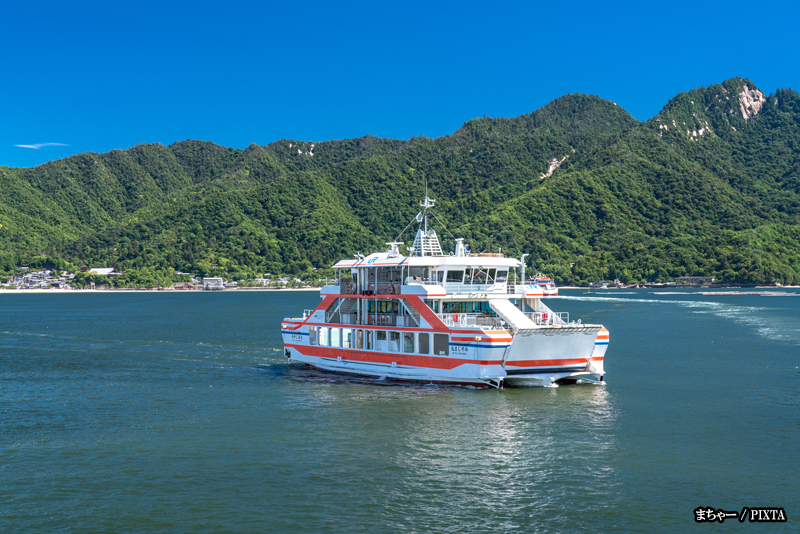
Photo for illustrative purposes
Avoiding crowds
- Best time to visit: Weekday mornings are ideal, especially between 8:00 AM and 10:00 AM.
- Tide check: Check tide schedules beforehand if you want photos of the torii gate during high tide when it appears to float.
Arrival at Miyajima Port: first impressions and orientation
Once you disembark at Miyajima Port, you’re greeted by peaceful views of the Seto Inland Sea and an immediate sense of reverence. Maps and signage in English make orientation easy.
Miyajima Omotesando Shopping Street
As you walk from the port, you’ll pass through Omotesando Shopping Street, the island’s main pedestrian area. It’s worth a quick stroll, but for now, keep heading straight to reach the shrine before the crowds.
Itsukushima Shrine: the spiritual core of Miyajima
Introduction to the shrine
Itsukushima Shrine was originally built in the 6th century and later remodeled in its present Heian style in 1168 by the pioneering military leader Taira no Kiyomori. The shrine is uniquely built over water, and during high tide, it appears to float in the sea.
- Opening hours: 6:30 AM – 6:00 PM (varies seasonally)
- Admission: Adults 300 JPY, high school students 200 JPY, middle school and elementary school students 100 JPY
- Time required: Approximately 30-45 minutes
Exploring the shrine complex
Honden (main hall)
The central worship hall, where visitors pay their respects to the Shinto deities of the sea, storms, and commerce.
Haiden and heiden
These auxiliary halls connect to the main structure via wooden corridors. Their open design lets in sea breezes and sunlight, creating a meditative atmosphere.
The floating torii gate: photography and meaning
Iconic viewpoint
The grand torii gate stands 16.6 meters (54.5 feet) tall and is built of camphor wood. At high tide, it seems to float on the water; at low tide, visitors can walk directly to its base.
Best photo spots
- From the shrine’s corridors
- Along the shore near the Five-Storied Pagoda
- From the elevated hill at Senjōkaku Temple
Cultural significance
The torii represents the boundary between the physical and spiritual realms. Its bright vermilion color is believed to ward off evil spirits.
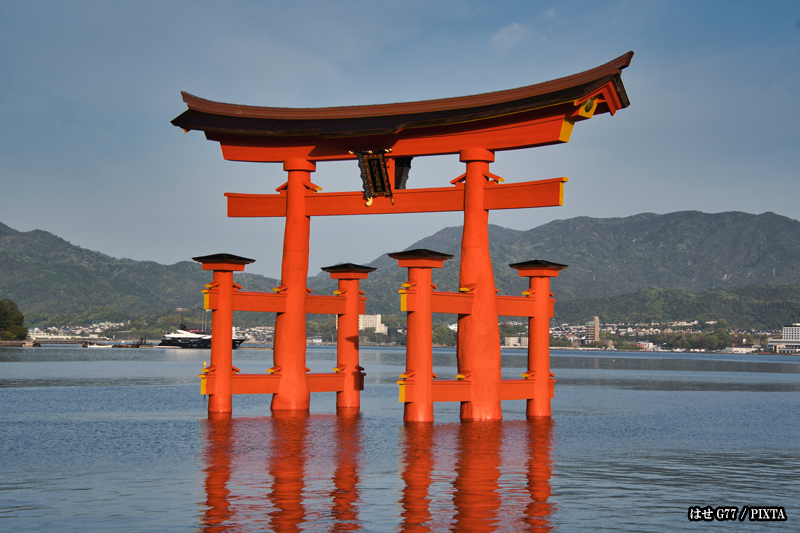
Photo for illustrative purposes
Daiganji Temple: a peaceful stop nearby
Just a few minutes’ walk from the torii gate lies Daiganji Temple, dedicated to Benzaiten, the goddess of eloquence, music, and wisdom. It’s a quiet detour perfect for those seeking serenity.
Senjōkaku Hall and the five-storied pagoda
Senjōkaku (Toyokuni Shrine)
Known as the “Hall of a Thousand Tatami Mats,” this massive, unfinished wooden hall was commissioned by the feudal lord Toyotomi Hideyoshi in the 16th century. The structure offers sweeping views of the island.
- Time required: 20-30 minutes
- Admission: 100 JPY
Five-storied pagoda
Next to Senjōkaku stands a striking pagoda towering 27 meters (89 feet) tall. Built in 1407, it blends Japanese and Chinese architectural styles.
Optional walk: Mount Misen foothills and Momijidani Park
Before ending your journey or proceeding to hike Mount Misen, take a short nature walk through Momijidani Park, especially beautiful in autumn.
Final thoughts: a spiritual journey framed by natural beauty
Visiting Itsukushima Shrine and its iconic floating torii gate is more than a sightseeing experience—it’s a spiritual passage through history, architecture, and nature. Whether you’re marveling at its construction during high tide or walking beneath the gate at low tide, Miyajima leaves a profound impression on every visitor.
Practical tips summary
| Category | Information |
|---|---|
| Access | JR Line to Miyajimaguchi → Ferry to Miyajima (10 mins) |
| Best times | Weekdays, early morning |
| Avoiding crowds | Arrive before 10:00 AM, check tide for photo timing |
| Admission fees | 100-300 JPY for shrine, 100 JPY for Senjōkaku |
| Time required | 2-3 hours total for shrine and nearby spots |
| Opening hours | 6:30 AM–6:00 PM (seasonal variations) |
Related articles
- “Hiking Mount Misen: A Journey Through Miyajima Island’s Natural Beauty“
- “Navigating Miyajima: Access, Transportation, and Seasonal Highlights“
